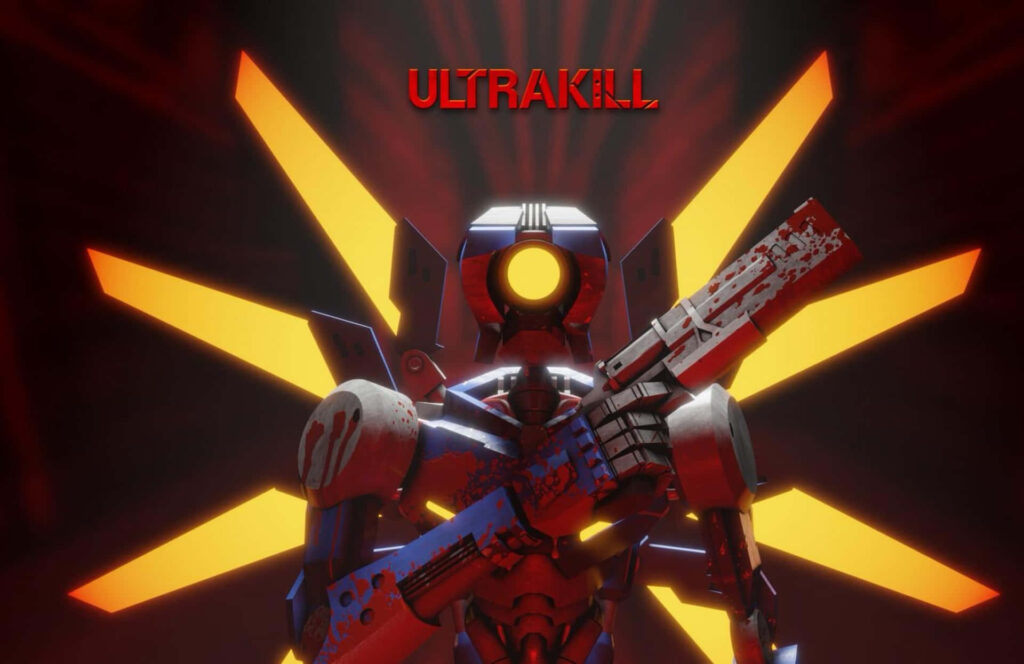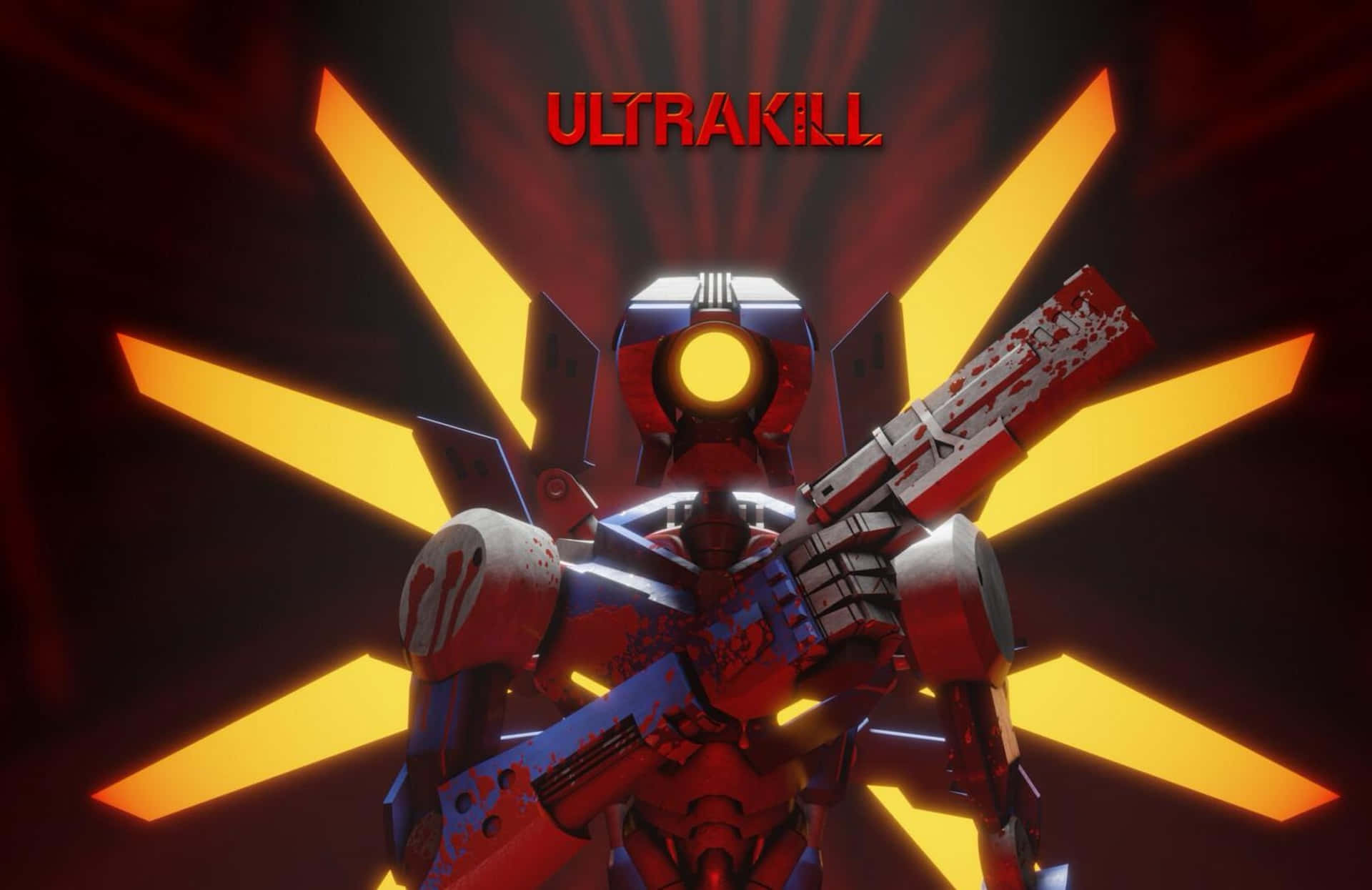
Ultraviolence and Ultrakill: Exploring the Art and Impact of Extreme Violence in Video Games
The gaming landscape is no stranger to violence. From classic arcade shooters to modern open-world adventures, simulated combat and conflict are often central to the player experience. However, some games push the boundaries, delving into realms of ultraviolence that challenge players and spark debate. This article examines the role and impact of ultraviolence in video games, specifically focusing on titles like Ultrakill, which embrace and even stylize extreme depictions of brutality.
Defining Ultraviolence in Gaming
Ultraviolence, in the context of video games, refers to the depiction of extreme and often gratuitous violence. It goes beyond simple combat scenarios to include graphic dismemberment, excessive gore, and often a deliberate focus on the act of inflicting pain. While violence is a common trope, ultraviolence is characterized by its intensity, explicitness, and frequently, its stylistic presentation. It’s crucial to distinguish between violence that serves a narrative purpose and ultraviolence that is primarily intended to shock, entertain, or provoke a reaction.
Ultrakill: A Masterclass in Stylized Ultraviolence
Ultrakill, developed by Arsi “Hakita” Patala, is a prime example of a game that unabashedly embraces ultraviolence. This fast-paced, retro-inspired first-person shooter draws heavily from classic titles like Doom and Devil May Cry, but it distinguishes itself with its unique blend of style, gameplay mechanics, and, of course, its over-the-top violence. Players control a machine named V1, who is fueled by blood and must descend into the depths of Hell to survive. The game rewards aggressive play, encouraging players to constantly move, slide, and utilize a variety of weapons to obliterate enemies in spectacular fashion.
Gameplay Mechanics and Ultraviolence
The ultraviolence in Ultrakill isn’t merely cosmetic; it’s deeply integrated into the gameplay. Enemies explode in showers of blood, limbs fly off with satisfying thuds, and the environment becomes increasingly stained with crimson as the player progresses. However, the blood isn’t just for show; it’s a vital resource. V1 heals by absorbing the blood of its enemies, incentivizing players to engage in close-quarters combat and constantly seek out opportunities to inflict damage. This creates a visceral and rewarding feedback loop, where the more violent the player is, the more powerful they become.
Aesthetic and Tone
Despite the graphic nature of the violence, Ultrakill maintains a distinct aesthetic and tone that prevents it from feeling gratuitous or exploitative. The game’s retro graphics, reminiscent of PlayStation 1-era titles, contribute to a sense of stylized absurdity. The fast-paced, adrenaline-pumping soundtrack further enhances the experience, creating a frenetic and engaging atmosphere. The game doesn’t take itself too seriously, often incorporating humor and self-aware commentary into its worldbuilding. This combination of factors allows Ultrakill to embrace ultraviolence without sacrificing artistic merit.
The Appeal of Ultraviolence in Video Games
Why do some players gravitate towards games that feature ultraviolence? The reasons are complex and multifaceted. For some, it’s a form of catharsis. Video games can provide a safe and controlled environment to release pent-up aggression and stress. The act of virtually dismembering enemies can be a surprisingly effective way to unwind after a long day. Others are drawn to the challenge and mastery that ultraviolent games often demand. Titles like Ultrakill require precise aiming, quick reflexes, and a deep understanding of the game’s mechanics. The satisfaction of overcoming these challenges can be immensely rewarding.
Furthermore, the stylized nature of ultraviolence in games like Ultrakill can be appealing in its own right. The over-the-top gore and exaggerated physics can be comical and entertaining, transforming acts of brutality into spectacles of absurdity. This can be a refreshing departure from the more realistic and somber depictions of violence found in other media. Finally, the sense of power and agency that ultraviolent games offer can be incredibly empowering. Players are given the tools and freedom to unleash devastating attacks and dominate their enemies, creating a sense of control and mastery.
The Controversy Surrounding Ultraviolence
The depiction of ultraviolence in video games is not without its critics. Concerns are often raised about the potential for desensitization, aggression, and the normalization of violence in real life. Studies on the effects of violent video games have yielded mixed results, with some suggesting a correlation between exposure to violence and aggressive behavior, while others find no significant link. [See also: Video Game Violence and Aggression: A Critical Analysis] It’s important to note that correlation does not equal causation, and many other factors can contribute to aggressive behavior, including socioeconomic background, mental health, and personal experiences.
Furthermore, concerns are often raised about the potential impact of ultraviolence on children and adolescents. Younger players may be more susceptible to the desensitizing effects of violence and may have difficulty distinguishing between fantasy and reality. Parental controls and content ratings can help to mitigate these risks, allowing parents to make informed decisions about the games their children play. It is important to note that the majority of games featuring ultraviolence are rated Mature, signifying they are intended for adult audiences.
The Future of Ultraviolence in Gaming
The debate surrounding ultraviolence in video games is likely to continue for the foreseeable future. As technology advances and games become increasingly realistic, the line between virtual violence and real-world violence may become increasingly blurred. It’s crucial for developers to be mindful of the potential impact of their games and to avoid gratuitous or exploitative depictions of violence. At the same time, it’s important to recognize the artistic merit and entertainment value that ultraviolence can provide when handled responsibly and creatively. Games like Ultrakill demonstrate that ultraviolence can be a compelling and engaging element of game design, provided it’s integrated thoughtfully and artistically. The key is to create experiences that are both challenging and entertaining without crossing the line into harmful or irresponsible territory. The development team behind Ultrakill has shown a masterful control over their vision. The game walks a fine line between over the top action and gratuitous violence.
Ultimately, the decision of whether or not to play games featuring ultraviolence is a personal one. It’s important to be aware of the potential risks and benefits and to make informed choices based on individual values and preferences. The conversation surrounding ultraviolence should be approached with nuance and critical thinking, recognizing the complexities of the issue and avoiding simplistic generalizations. The discussion of ultraviolence should always be open and considered. Games like Ultrakill are examples of how this can be done in an engaging way. [See also: The Ethics of Violence in Video Games]
The future of ultraviolence will likely see a continued refinement of its artistic expression within the medium, as developers continue to push boundaries and explore new ways to engage players with the visceral nature of virtual combat. The success of games like Ultrakill will ensure its place in the gaming landscape for years to come.
Conclusion
Ultraviolence in video games is a complex and controversial topic. While some find it offensive or harmful, others appreciate its artistic potential and entertainment value. Games like Ultrakill demonstrate that ultraviolence can be a compelling element of game design when handled responsibly and creatively. Ultimately, the decision of whether or not to engage with ultraviolent content is a personal one, requiring careful consideration and informed choices. The ongoing dialogue surrounding ultraviolence is crucial for ensuring that games remain a vibrant and evolving form of artistic expression.

